In May 2020, Beijing imposed restrictions on approximately a dozen Australian goods, valued at around AU$20 billion (US$13.4 billion) annually, for which China was a significant market. The strained political relationship between Canberra and Beijing was a primary cause, although a trade deal between Beijing and Washington, involving increased Chinese imports of US agricultural and other products, also played a role.
Substantial disruptions to trade can have severe economic implications and threaten overall economic security. However, it is crucial to emphasize that retreating from openness and economic engagement is not a sustainable solution; such a move could lead to a poorer and less secure global environment.
Remarkably, Australia’s exports to China remained stable in 2020 and experienced substantial growth of 14 percent in 2021, followed by 6 percent in 2022. These positive trends occurred despite the global economic challenges posed by COVID-19 lockdowns and economic downturns. The resilience of Australia’s exports was notably driven by the demand for iron ore, a resource not easily substituted from other sources, and the rapid expansion of other commodities like lithium. During this period, China accounted for over 40 percent of Australian goods exports, aiding Australia in mitigating the economic impact of the pandemic.
It is worth noting that Australia has previously experienced situations where one country dominated its international trade relations, with Japan, the United States, and the United Kingdom all having played a role similar to China today. This specialization is a testament to Australia’s success in leveraging its economic strengths and capitalizing on global opportunities. Australia has established institutions and economic policies to effectively manage these highly interdependent economic relationships and successfully navigate occasional disruptions.
The Chinese trade sanctions had adverse effects on Australian exporters, particularly those dealing in wine and lobster, resulting in significant losses. Nonetheless, many exporters swiftly identified alternative markets to compensate for these losses. Australian markets’ flexibility played a vital role, but the primary source of resilience was an open multilateral trading system, ensuring that alternative trading options remained available. While contestable markets can mitigate the impact of weaponized trade, it is essential to acknowledge that there are adjustment and political costs associated with such shifts.
Australian exporters’ ability to pivot to alternative markets was primarily facilitated by a multilateral trading system that maintains the openness of trading options. Importantly, neither the exporters nor the Australian government could predict these alternative markets beforehand. The redirection of trade was primarily driven by emerging market opportunities. At the core of this system is the World Trade Organization (WTO), which, despite its limitations, acts as the linchpin of the global trading system, supported by a network of WTO-plus free trade agreements.
Approximately two dozen WTO members, including both China and Australia, have signed the Multi-Party Interim Appeal Arbitration Arrangement. This agreement ensures that WTO rules remain enforceable even while the United States withholds the appointment of arbitration judges. Notably, Australia has cases against China within the WTO, which will be enforceable through China’s commitment to the MPIA. The participation of Japan in this arrangement is also significant, reflecting Japan’s commitment to assuming a leading role in shaping international economic rules.
As the world’s largest trader, China has a substantial stake in the existing multilateral trading system. While concerns have been raised about China’s non-compliance with the spirit of multilateral trade rules, it is important to emphasize that the principles of the WTO should not be abandoned. Chinese attempts at economic coercion have largely failed and have often resulted in economic or political backlash.
Rather than avoiding engagement, it is possible to mitigate and diffuse trade risks by deepening involvement and strengthening the rules. Economic engagement contributes to national wealth and power and, when combined with multilateral rules, expands the range of strategic policy options available to national policymakers. A China that is less integrated into the global economy would pose greater security risks.
While Russia’s strategic use of gas supplies against Europe is sometimes cited as a counterpoint to economic interdependence, it is crucial to distinguish between the type of interdependence in East Asia and European energy dependence on Russia. Interdependence underpinned by multilateralism effectively diffuses risks.
In Southeast Asia, the power of multilateralism is best understood within the ten-member ASEAN grouping. Collaborating with ASEAN to build economic security through intensified economic cooperation in the Regional Comprehensive Economic Partnership (RCEP), including with China, offers an opportunity to keep the region free and open.
Small and medium-sized powers benefit from international rules and markets, which constrain major powers that circumvent established rules and use economic leverage without regard for consequences. The primary lesson from Australia’s 2020 export experience is that the economic measures imposed by China were blunted by the multilateral trading system. Even when major powers deviate from the rules, preserving and reinforcing the multilateral system should remain a top priority for the rest of the world.
The strategic interest still lies in incorporating China into rules, norms, and markets. Australia and Japan should engage in serious negotiations regarding China’s application to join the Comprehensive and Progressive Agreement for Trans-Pacific Partnership (CPTPP), also known as TPP-11, and outline the necessary milestones in Chinese reform to attain membership. Expanding CPTPP membership can occur without compromising rules or standards.
It is important to recognize that the United States has relinquished its leadership of the global trade regime and has become a source of uncertainty as it grapples with domestic challenges. The international community, however, still requires a rules-based international order for economic security. Japan’s leadership was instrumental in concluding the CPTPP, and given the deteriorating global economic situation, the challenge has become more formidable. Australia and Japan are actively working to shape the Indo-Pacific Economic Framework to keep the United States engaged in Asia, with the shared objective of reintegrating the United States into the CPTPP. These efforts should not come at the expense of the overarching goal of preserving and strengthening the multilateral trading system, especially the WTO.
Stay informed with supply chain news on The Supply Chain Report. Free tools for international trade are at ADAMftd.com.
#AustraliaChinaTrade #EconomicResilience #MultilateralTrading #GlobalTradePolicy #ExportDiversification #TradeSanctions #WTOReforms #ASEANCooperation #CPTPP #IndoPacificEconomic #EconomicInterdependence

















